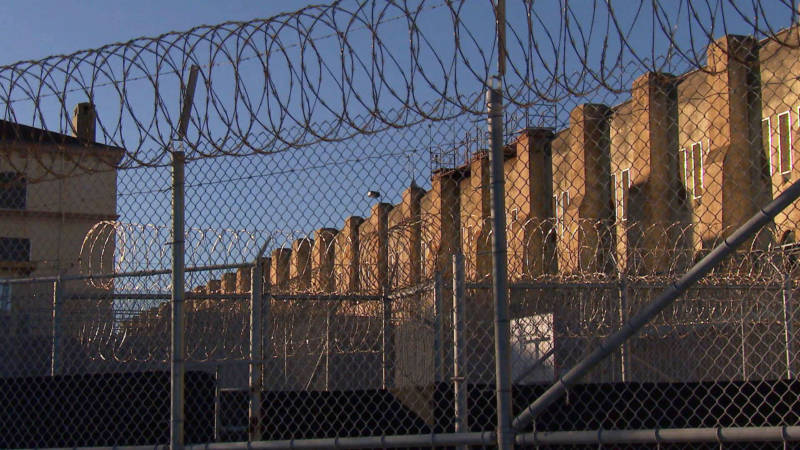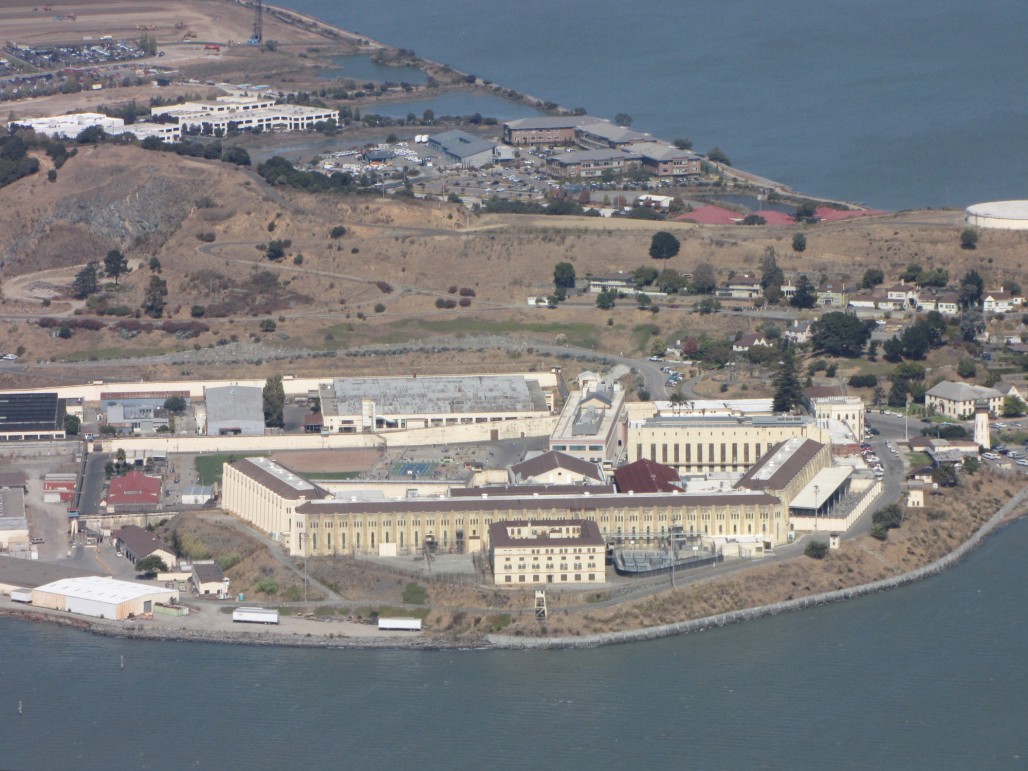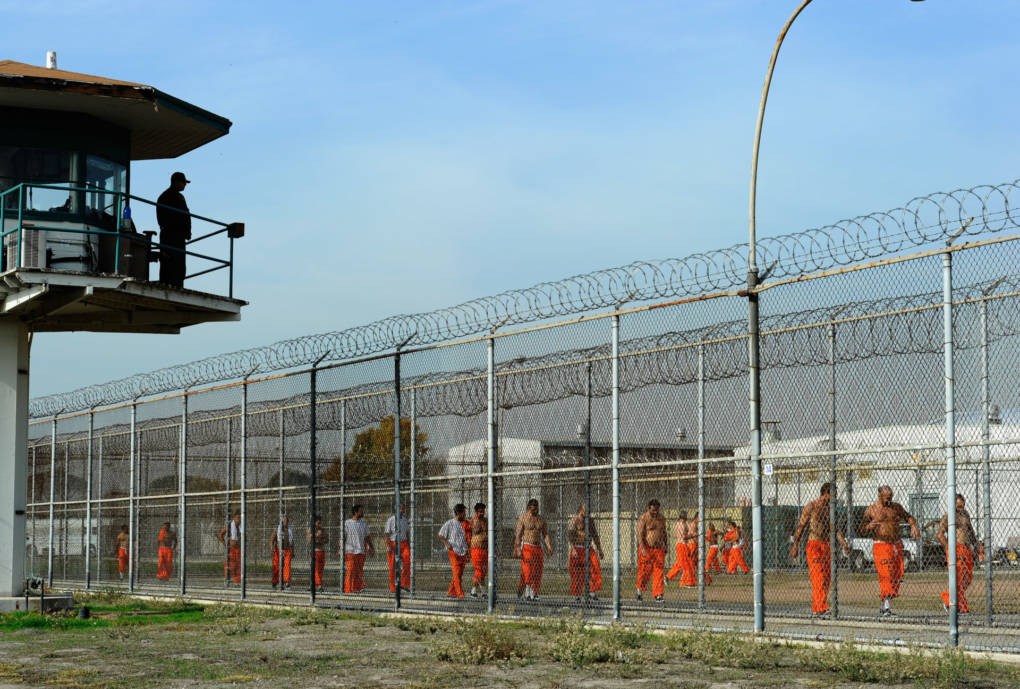Two inmates found unresponsive in their cells at San Quentin State Prison in early December both died of drug overdoses, according to the Marin County coroner.
Coroner Confirms Two San Quentin Inmates Who Died in December Had Overdosed

The deaths of Herminio Serna and Joseph Perez renewed attention on the state's struggles to reduce the flow of illegal drugs into the prison system. California has spent tens of millions of dollars in recent years to stop drug smuggling, but dozens of inmates continue to die every year from overdoses.
When state prison officials announced their deaths, which took place on Dec. 3 and 4, they did not officially link the deaths to illegal drug use. But Marin County public health officials said then that the cases took place as their agency's paramedics had seen a spike in calls from the prison related to opioid overdoses.
Serna, a 53-year-old gang member sentenced to death for multiple murders in San Jose, died from acute and prescription drug intoxication, according to Roger Fielding, chief deputy coroner of the Coroner Division of the Marin County Sheriff's Office. The office said Serna also suffered from chronic substance abuse, a significant condition contributing to his death.
Perez, a 47-year-old inmate sentenced to death for killing a woman in Lafayette, died from acute opioid intoxication, said Fielding. The agency said Perez also suffered from chronic substance abuse, chronic asthmatic bronchitis and cardiovascular disease.
The language the coroner's office uses for the inmates' cause of death relies on conventional phrases regarding opioid overdoses, said Matt Willis, Marin County public health officer.
"The condition of chronic substance abuse may be historical prior to incarceration," Willis said in an email. "Many see addiction as a life-long disease."
Fielding did not say which drugs were found in the inmates' bodies. The coroner's office has yet to release its full findings.
Several inmate overdose fatalities in the last year have been tied to fentanyl, including one that killed a prisoner at Mule Creek State Prison in Amador County. A dozen other inmates were sickened in that incident.
San Quentin officials are still investigating its most recent cases, according to Terry Thornton, a spokeswoman for the California Department of Corrections and Rehabilitation.
Last year, Gov. Jerry Brown's administration pushed a new strategy to reduce the flow of illegal drugs into state prisons. Brown's budget included a $13.8 million proposal to search everyone who enters and exits the California Substance Abuse Treatment Facility and State Prison in Corcoran (Kings County) all day, every day, for two years.
The plan included $3.6 million for an addiction treatment program there. State prison officials say if the plan works at Corcoran, they would expand it to other state lockups.
Lawmakers and inmate advocates have called for the state to focus more on drug treatment to help inmates struggling with addiction.
Gov. Gavin Newsom's budget does not include a specific proposal on ways to reduce inmate overdoses.

